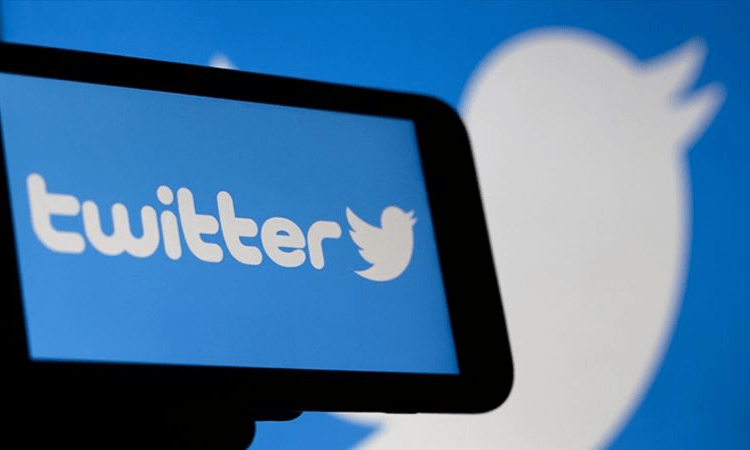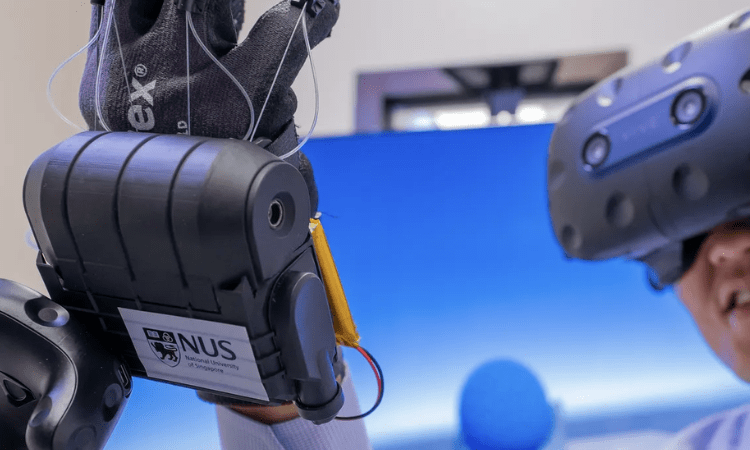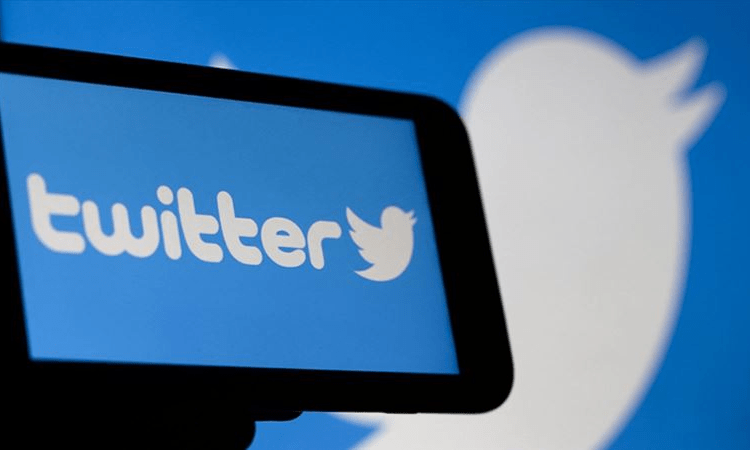Micro-blogging platform Twitter has quietly updated its “Developer Agreement” to ban third-party clients, almost a week after it blocked the apps’ access to its platform.
The new rules mentioned that users can not use Twitter’s application programming interface (API) or content to “create or attempt to create a substitute or similar service or product to the Twitter Applications,” reports The Verge.
As of Thursday, the new rules went into effect.
The platform also defined “Twitter Applications” as the company’s “consumer-facing products, services, applications, websites, web pages, platforms, and other offerings, including without limitation, those offered via https://twitter.com and Twitter’s mobile applications.”
The rule update follows Twitter breaking several popular third-party Twitter applications, including Tweetbot and Twitterific, starting on January 12.
The developers of the third-party applications at the time claimed they had never received any information from the company regarding what was going on, the report said.
On Tuesday, the micro-blogging platform said, “Twitter is enforcing its long-standing API rules. That may result in some apps not working.”
Meanwhile, Twitter CEO Elon Musk last week said that Twitter’s “open source” algorithm will be revealed next month, as several people were unable to use third-party Twitter apps and faced issues with logging and accessing feeds.
“Transparency builds trust,” the Twitter CEO had posted.











